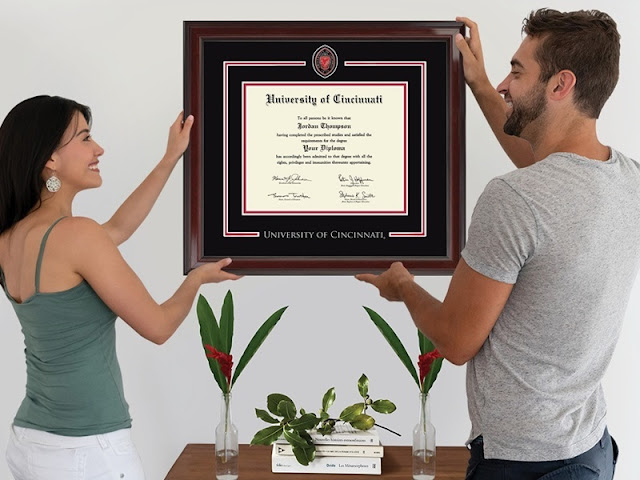Barefoot Running Shoes: A Lighter and More Natural Way to Exercise
If you're a runner you've probably experienced that shoes with more cushioning aren't so great. This is why many designers and manufacturers go for the famous minimalist or barefoot running shoes. Some people prefer these shoes this way because it gives them a natural feel and a better connection to the ground. If you're on the hunt for mens barefoot running shoes, here's what to have in mind.
What Are Barefoot Running Shoes?
 |
| source: bhamfoot.com |
Unlike your usual men's barefoot training shoes packed with cushioning, pronation control, and arch support, barefoot shoes put the focus back on your feet.
Here’s what you can expect from your mens barefoot running shoes:
• A roomy toe box shaped like your foot
• Zero drop, meaning they’re completely flat from heel to toe
• Thin and flexible – you can adjust the thickness based on what feels right for you!
• No arch support – though you can tweak this a bit as you get used to them
The wide-toe box running shoes have various thicknesses. You can also add insoles for that perfect cushion while still being gentler on your feet compared to regular running shoes.
What Surface Will You Be Running On Most Often?
Trail running shoes give you a better grip on different types of terrain and protect your feet from rocks and scrapes. On the other hand, road-running shoes focus more on stability and control.Why Choose Barefoot Shoes?
Foot strength is key to preventing injuries, and your toes play a huge role in maintaining balance! Barefoot running shoes are great because they let your feet move naturally while also helping to strengthen those muscles as you run. Many of us have gotten used to cushy shoes over the years, so switching to barefoot shoes is a journey for your whole body. You can take it slow!And even if you’re not ready to ditch supportive shoes just yet, switching to a wide-toe box running shoe can really ease the discomfort in your toes.
Making the Switch From Minimalist to Barefoot Running Shoes
A lot of runners like to mix in barefoot or minimalist running into their routine—maybe as a workout once or twice a week or as a warmup before hitting the pavement in more cushioned shoes. This approach can help you enjoy some benefits, like strengthening your arches and enhancing your running form, without ditching your regular running shoes completely.
The trick to making the switch to barefoot or minimalist running is to take it slow. If you’ve been using stability or motion-control shoes, start by trying out neutral shoes for a bit before going for something more minimal. If you’re already in neutral shoes and want to give barefoot running a shot, ease into it by first trying out minimalist shoes.
• Stretch your calf and arch muscles gently -If you’re going completely barefoot, begin by just standing on gravel to toughen up the soles of your feet - Run a short distance on softer surfaces like wet sand, grass, or a rubber track.
• Work on your running form - Focus on landing on your midfoot instead of your heel. It’s okay if your heel touches the ground, but aim to strike with your midfoot first
• Avoid overstriding - Keep your strides short and your cadence quick with a midfoot strike. Use an app to track your stride cadence and aim for around 180 strides per minute; it’s tough to heel strike at that pace.
• Your landings should feel light, relaxed, and quiet - Try not to let your feet slap against the ground.



Comments
Post a Comment